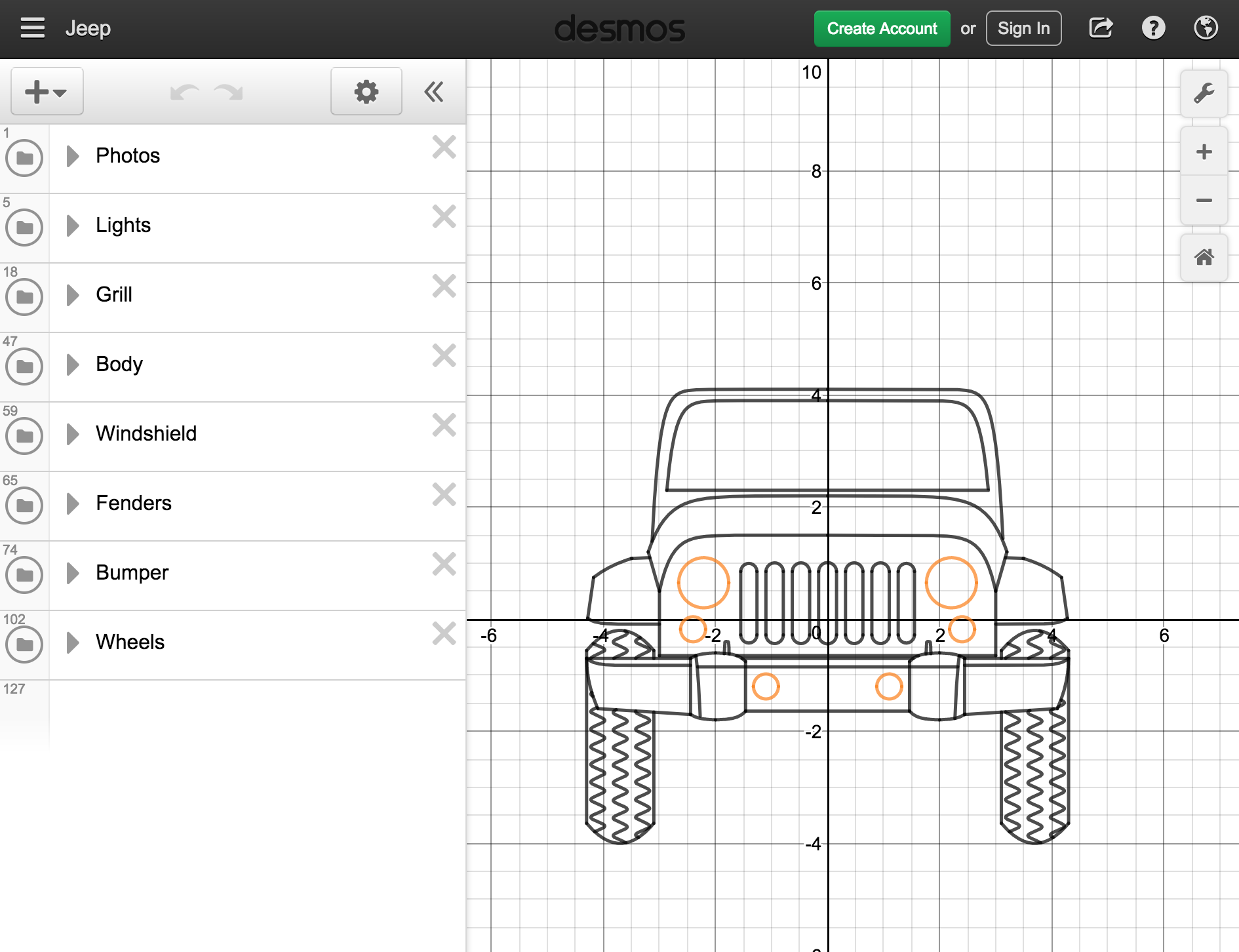If the TI-84+ calculator that has become a fact of life for many students were used as a way to teach teens basic programming skills through a technical-but-ultimately-harmless interface, perhaps in the way that the Raspberry Pi has gained currency in the education world, it would be a great tool for education. But our education industry isn’t that forward-thinking. Instead, maybe 10 percent of its functionality gets used in most cases, and generally only in the context of math classes. As I noted a while back, I used my TI-82 mostly to play games.
Smartphones, clearly, beat the snot out of the TI calculators technically, but Texas Instruments, the company, apparently was very good at lobbying for the calculators’ continued existence in testing environments.
But things are changing … finally. Recently, the Silicon Valley startup Desmos has been trying to take on the calculator industry through a smart mixture of modern technology and business strategy. The online tool, which is paid for by schools through partnerships, has already proven a budding success. And it’s even gotten the Smarter Balanced Assessment Consortium, one of the newer organizations offering standardized tests, to agree to use its online app instead of TI’s outdated, costly calculators.

Desmos’ PR game is strong—in the past two weeks, the company has earned write-ups in Quartz, CNN Money, and USA Today—and while the app still has a ways to go before it topples the king (there are a lot of standardized tests out there) it's off to a good start.
“We think students shouldn’t have to buy this old, underpowered device anymore,” Desmos CEO Eli Luberoff told Quartz earlier this month. “It’s a huge source of inequity, and it’s just not the best way to learn.”
(TI Education Technology President Peter Balyta, in comments to USA Today, tried to make the case, essentially, that the company’s calculators have “only the features that students need in the classroom, without the many distractions that come with smartphones, tablets and internet access.” Fair.)
Whether or not the standalone graphing calculator goes away, one hopes that the little homebrew scene it fostered—still going strong after two decades!—sticks around.
:format(jpeg)/2017/05/0522_calc.jpg)
/2017/05/0522_calc.jpg)
/uploads/ernie_crop.jpg)